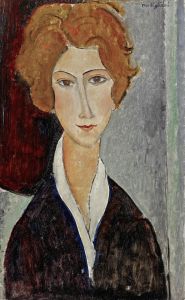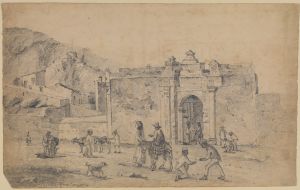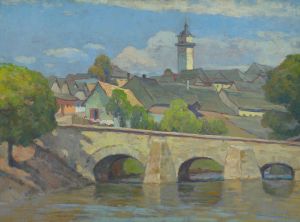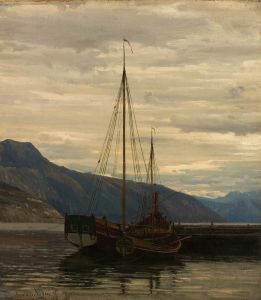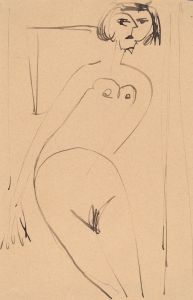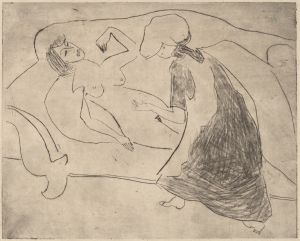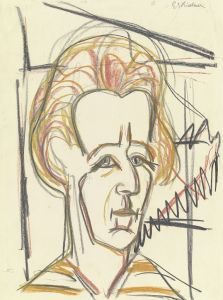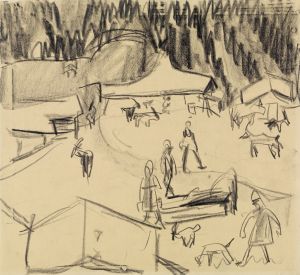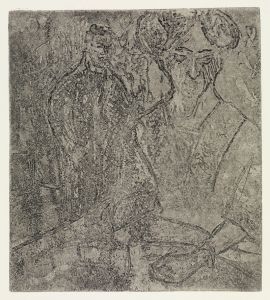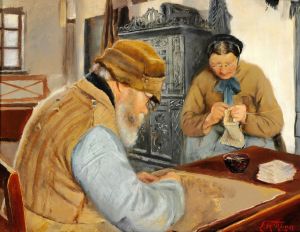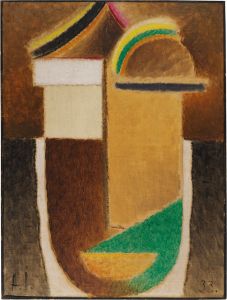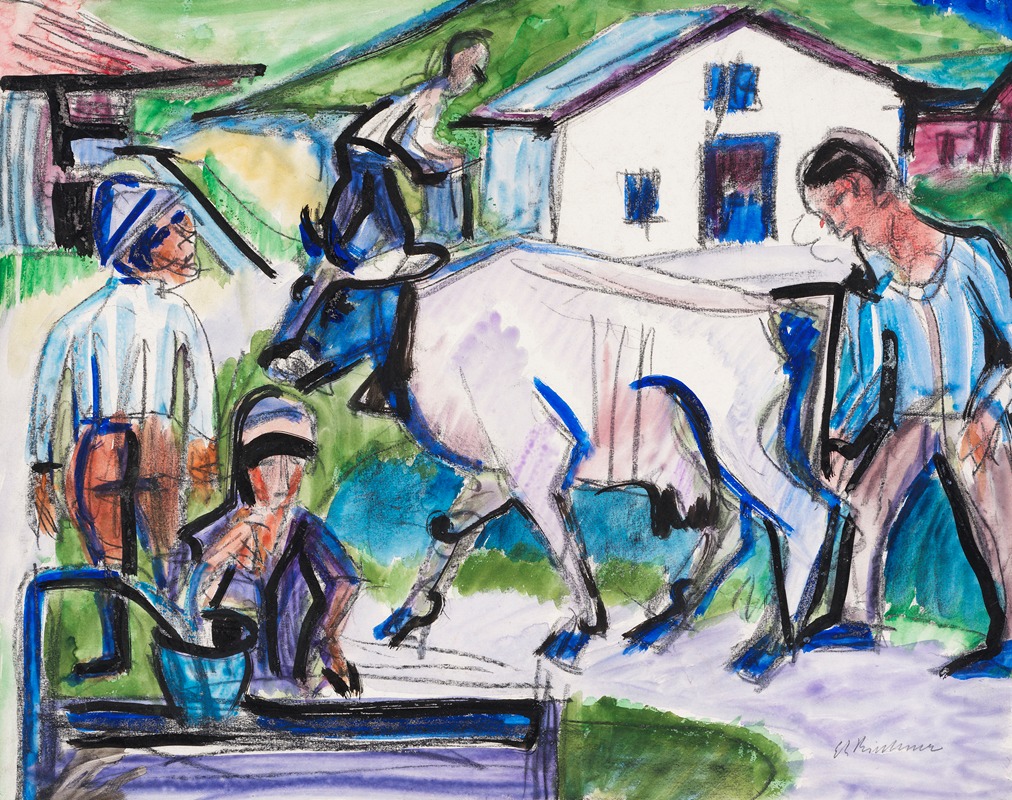
Bauern mit Kuh
A hand-painted replica of Ernst Ludwig Kirchner’s masterpiece Bauern mit Kuh, meticulously crafted by professional artists to capture the true essence of the original. Each piece is created with museum-quality canvas and rare mineral pigments, carefully painted by experienced artists with delicate brushstrokes and rich, layered colors to perfectly recreate the texture of the original artwork. Unlike machine-printed reproductions, this hand-painted version brings the painting to life, infused with the artist’s emotions and skill in every stroke. Whether for personal collection or home decoration, it instantly elevates the artistic atmosphere of any space.
Ernst Ludwig Kirchner was a prominent German expressionist painter and one of the founding members of the influential art group Die Brücke (The Bridge), which played a crucial role in the development of modern art in the early 20th century. Kirchner's work is characterized by its bold use of color, dynamic compositions, and expressive forms, often reflecting the tensions and anxieties of the modern world.
"Bauern mit Kuh" (Farmers with Cow) is one of Kirchner's works that exemplifies his distinctive style and thematic interests. Although specific details about this particular painting are limited, it can be understood within the broader context of Kirchner's oeuvre and the expressionist movement.
Kirchner's art often depicted scenes of rural life, urban landscapes, and the human figure, exploring the relationship between people and their environments. His work was heavily influenced by the rapid industrialization and urbanization of Germany during his lifetime, as well as by his personal experiences and psychological struggles. The rural theme in "Bauern mit Kuh" aligns with Kirchner's interest in capturing the essence of everyday life and the natural world, often contrasting it with the alienation and chaos of modern urban existence.
In his paintings, Kirchner employed a vivid color palette and dynamic brushwork to convey emotion and movement. His figures are frequently elongated and distorted, reflecting the influence of African and Oceanic art, which he admired for its perceived authenticity and directness. This approach allowed Kirchner to express complex emotional states and social commentary through his art.
The depiction of farmers and a cow in "Bauern mit Kuh" suggests a focus on agrarian life, a subject that Kirchner and other expressionists explored as a counterpoint to the mechanization and depersonalization of city life. This theme resonates with the broader expressionist movement's interest in primitivism and the search for a more genuine, unmediated connection to nature and human experience.
Kirchner's work, including pieces like "Bauern mit Kuh," was part of a larger effort by expressionist artists to challenge traditional artistic conventions and explore new ways of seeing and representing the world. This movement sought to capture the emotional and psychological dimensions of human experience, often through bold, non-naturalistic use of color and form.
Throughout his career, Kirchner faced significant personal and professional challenges, including struggles with mental health and the impact of World War I. Despite these difficulties, he remained a prolific and influential artist until his death in 1938. His legacy continues to be celebrated for its contribution to modern art and its exploration of the complexities of modern life.
While specific information about "Bauern mit Kuh" is limited, understanding Kirchner's broader artistic context and themes provides insight into the significance of this work within his body of art. Kirchner's paintings remain an important part of the expressionist canon, offering a window into the emotional and social currents of his time.





